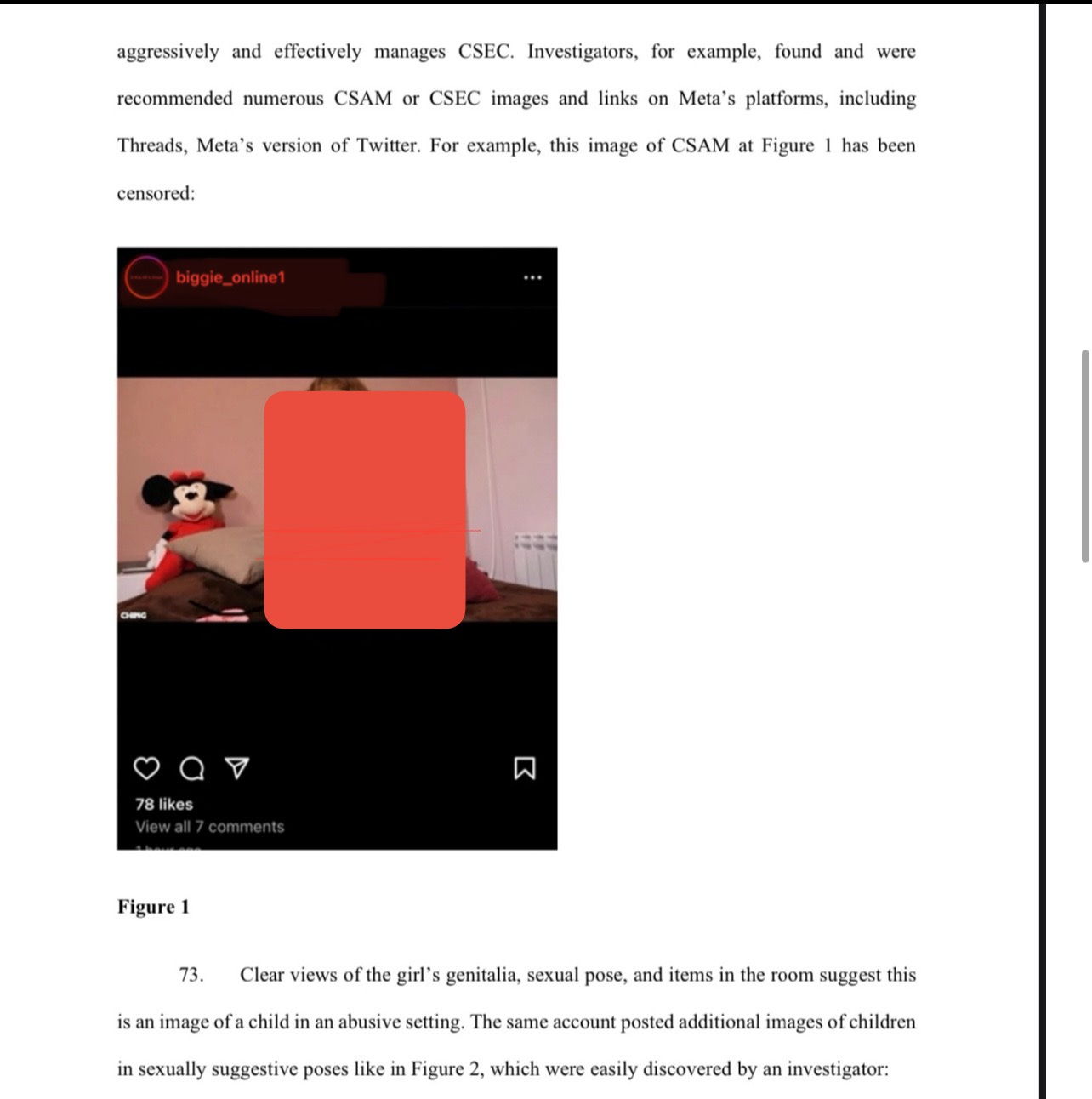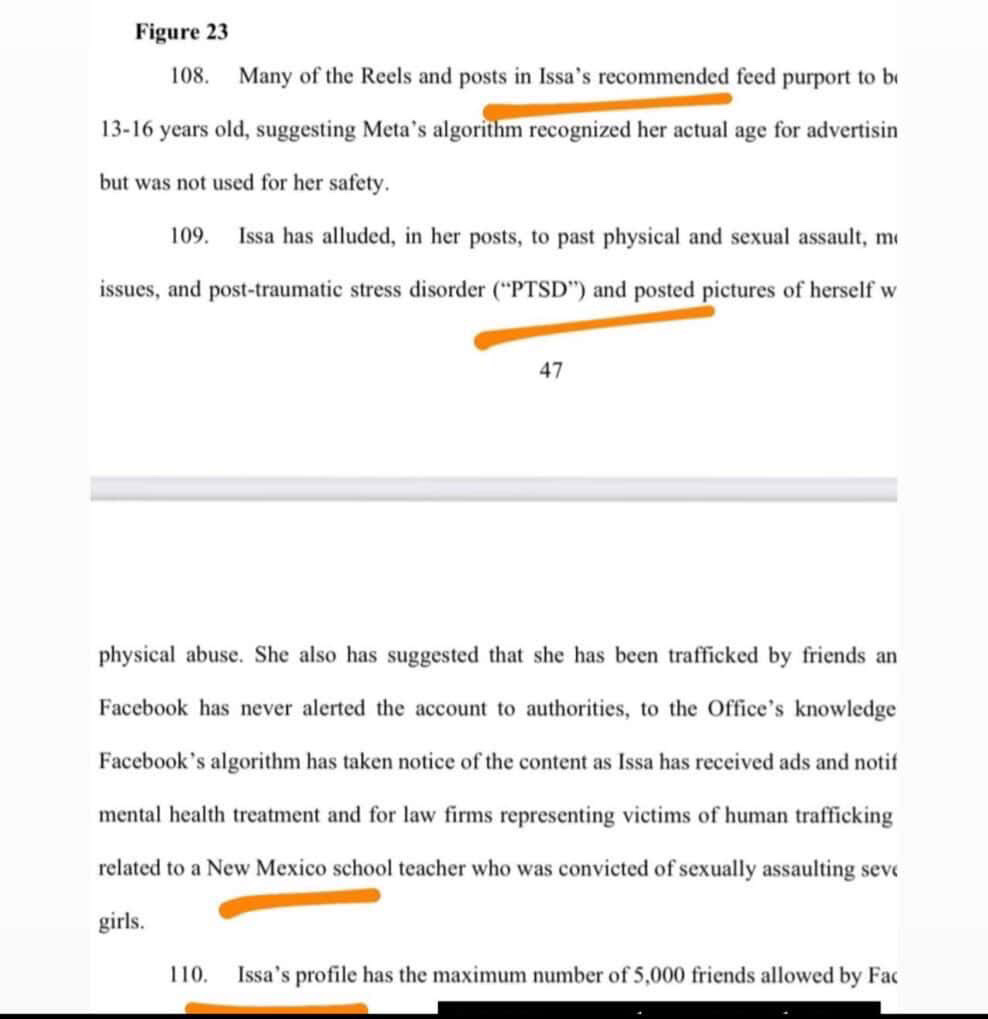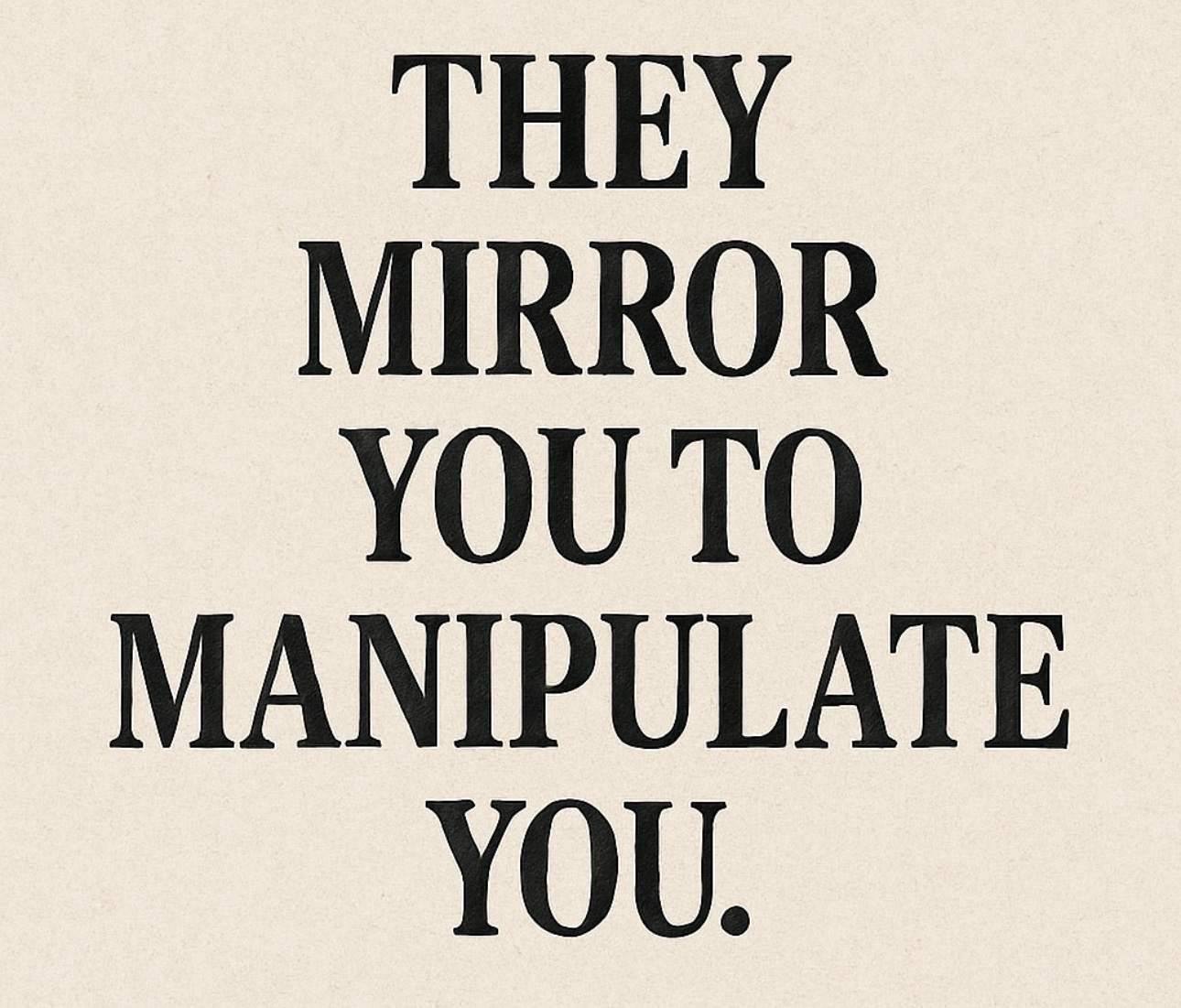Is the Intel Community Still Deploying MKULTRA on Civilians?
All signs point to yes.
Patterning in MKUltra: Trauma-Based Conditioning
“Patterning” in the context of MKUltra refers to the systematic application of stimuli (e.g., trauma, drugs, or sensory manipulation) to create predictable behavioral responses, often resembling classical conditioning principles like those developed by Ivan Pavlov. The described cycle of inducing trauma, embedding triggers, gaslighting, and offering temporary relief mirrors documented MKUltra techniques, particularly those associated with trauma-based mind control and de-patterning. Here’s how these elements connect:
1. Extracting and Reapplying Trauma:
• MKUltra Context: MKUltra experiments, particularly those led by Dr. Ewen Cameron at McGill University, used “de-patterning” to dismantle a subject’s mental framework. This involved inducing extreme trauma through electroshock, sensory deprivation, and high doses of LSD to erase memories and personality structures, creating a “blank slate.” Cameron’s experiments forced patients to relive traumatic memories via taped loops while under the influence of drugs, aiming to reprogram their psyche and make them more malleable for control.
• Mechanism: Repeated trauma disrupts the brain’s ability to process experiences normally, weakening resistance and increasing suggestibility. The amygdala’s heightened fear response and the prefrontal cortex’s impaired regulation reinforce dependency on the manipulator.
2. Introducing Triggers (Pavlovian Conditioning):
• MKUltra Context: MKUltra explored creating conditioned responses by pairing stimuli (e.g., sounds, words, or images) with traumatic experiences. For example, subproject 54 (“Perfect Concussion”) investigated sub-aural frequency blasts to trigger memory loss or behavioral changes. This involved associating a word or sensory input with pain or fear, so the trigger alone could later control the subject’s behavior without further trauma.
• Pavlovian Parallel: Like Pavlov’s dogs salivating at the sound of a bell, MKUltra aimed to condition subjects to respond automatically to triggers, potentially for interrogation, assassination, or compliance, as seen in experiments aiming to create “programmed assassins” who could act without conscious memory.
3. Gaslighting to Blur Reality:
• MKUltra Context: Gaslighting, though not explicitly named in MKUltra documents, was implicit in experiments designed to destabilize a subject’s sense of reality. For instance, covertly administering LSD to unwitting subjects (e.g., in Operation Midnight Climax) caused confusion, paranoia, and self-doubt, making them question their perceptions. This used drugs, hypnosis, and psychological manipulation to create cognitive dissonance, weakening subjects’ trust in their own judgment and increasing reliance on the experimenter’s narrative.
• Mechanism: By inducing altered mental states and then denying or distorting the subject’s experience, manipulators could control the victim’s reality, a tactic also seen in broader psychological abuse patterns.
4. Cyclical Relief and Resumption of Trauma:
• MKUltra Context: Some MKUltra experiments alternated extreme distress with periods of relief to deepen dependency. For example, Cameron’s “psychic driving” followed de-patterning with positive reinforcement (e.g., soothing messages) to implant new behaviors, though this was largely unsuccessful. The relief phase could prevent complete psychological breakdown, preserving subjects for further manipulation by temporarily halting drug administration or providing comfort before resuming trauma.
• Pavlovian Parallel: Relief serves as a “reward” in conditioning, strengthening the victim’s attachment to the manipulator, much like Pavlov’s dogs linking the bell to food. This cycle makes the victim crave relief, enhancing compliance.
5. Connection to Dissociation and Mind Control:
• MKUltra Context: A primary objective was to induce dissociative states through trauma, aiming to create “alters” (alternate personalities) that could be programmed for specific behaviors or tasks.
• Mechanism: Trauma-induced dissociation, as explored in MKUltra, leverages the brain’s response to overwhelming stress, creating mental compartments that can be exploited. This approach drew inspiration from earlier experiments by Nazi and Japanese researchers, which MKUltra adapted.
Trauma tactics involve deliberately causing emotional, psychological, or physical distress to weaken a person’s defenses, making them more vulnerable to control.
For example, they give the impression that the “victim is safe” then they deploy someone from their group to harass victim cryptically that they “will be stabbed” within hours of making the victim feel safe.
This can include gaslighting, intimidation, or creating chaotic environments to destabilize the target. Imitation tactics, often called mirroring or mimicking, involve the manipulator copying the behaviors, emotions, or traits of the target or their loved ones to build trust, lower defenses, or confuse. By appearing familiar or empathetic, the manipulator gains influence, exploiting the target’s emotional bonds or sense of identity
Based on my observations, they extract deeply traumatic experiences from their victim and repeatedly subject them to these experiences, embedding a pattern of triggers while gaslighting them to blur the line between reality and falsehood.
It seems that when the victim nears a breaking point, such as contemplating self-harm, they offer temporary relief before resuming the cycle of trauma.
This resembles Mkultra
How does the saying go? MKULTRA IS REAL and they use it on good people?
Colors, music words. Etc





